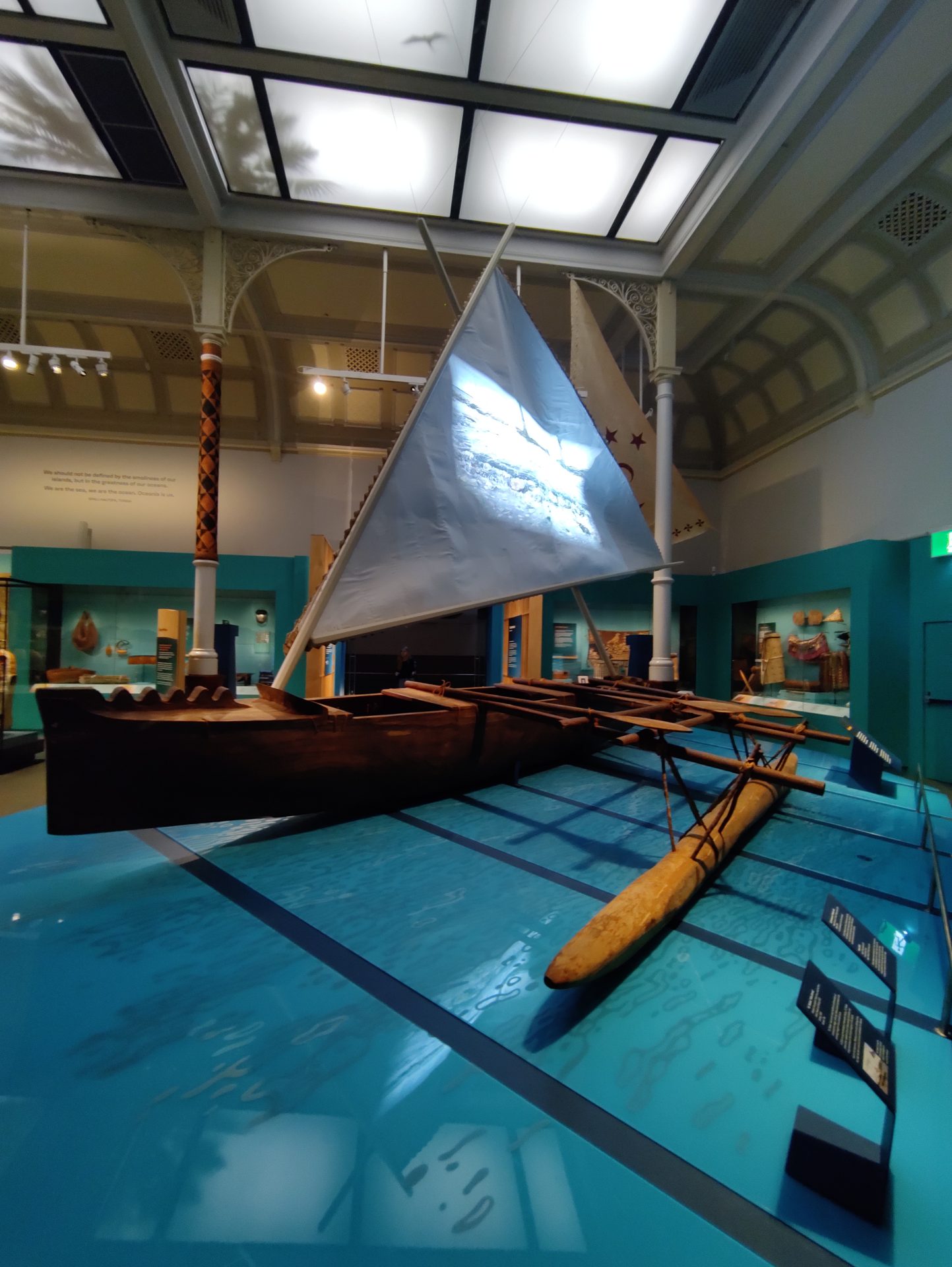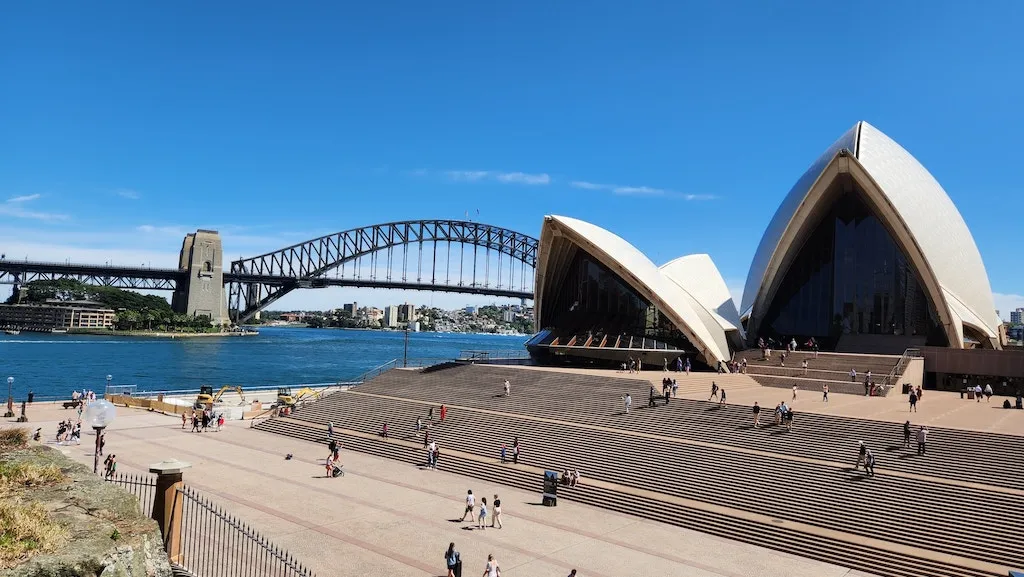Boronia Park holds extensive evidence of the lives of the Wallumedegal, who were custodians of this land for thousands of years. Archaeological sites within the park include:
Axe-grinding grooves
Rock engravings
Hand stencils
Middens
Shelters adorned with art
Burial sites
Wells
These remnants tell the story of a vibrant indigenous community deeply connected to the landscape. By the time European settlers arrived in the 1830s, most of the Wallumedegal had succumbed to smallpox or been displaced from their ancestral land.
European Settlement & Transformation
In the 1800s, an area known as the Field of Mars Common was set aside for local use. However, it remained undeveloped until the Field of Mars Resumption Act of 1874, which allowed the colonial government to clear and subdivide the land. The contentious sale of the Common in 1885 led to the emergence of small farms and villas in the area. Boronia Park Reserve, spanning over 24 hectares, was proclaimed for public recreation in 1887. An additional 51 hectares became the Field of Mars Wildlife Refuge.
European Cultural Significance
Boronia Park boasts several items of European cultural and historical importance:
The grandstand
A horse trough
Hand-hewn sandstone in the Brickmakers Creek Wetland
The broad arrow marking is a symbol for the Field of Mars Common survey
Remnants of past infrastructure, including the site of a former wharf, a tannery, and a boatman’s cottage, add layers to the park’s narrative. Houses began to dot the landscape in the 1920s, with significant expansion in the 1950s and 1960s.
Biodiversity & Wildlife
Over half of Boronia Park remains pristine bushland, home to 192 native plant species and diverse vegetation communities. Notable ecosystems include:
Sydney Turpentine Ironbark Forest (Turpentine Syncarpia Glomulifera) (Critically Endangered Ecological Community)
Estuarine Swamp Oak Forest
Estuarine Saltmarsh
The park serves as a vital wildlife corridor connecting Sydney Harbour to Lane Cove National Park. It supports breeding populations of indigenous birds like the Eastern Yellow Robin and the Eastern Whipbird, which have vanished from much of urban Sydney. Additionally, 11 mammal species, 73 bird species, 12 reptile species, and 2 amphibian species were identified in a 1998/99 fauna survey.
Join the Conversation!
Have you explored Boronia Park? Share your experiences, memories, and favorite spots in the comments below! Let’s celebrate this remarkable piece of natural and
cultural heritage together.
#BoroniaPark #HuntersHill #Heritage #NatureLovers #SydneyWildlife #ExploreNSW #LocalHistory #CommunityLove #Conservation #AustralianParks #HiddenGems.


